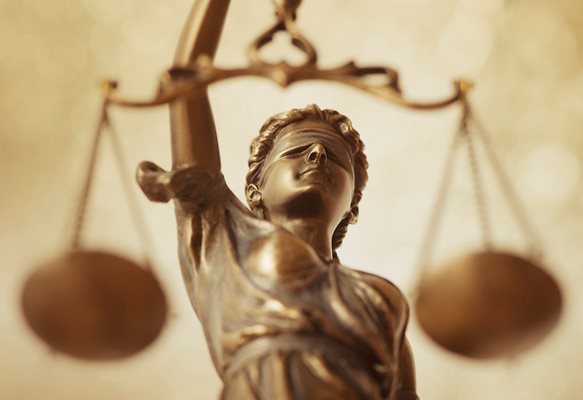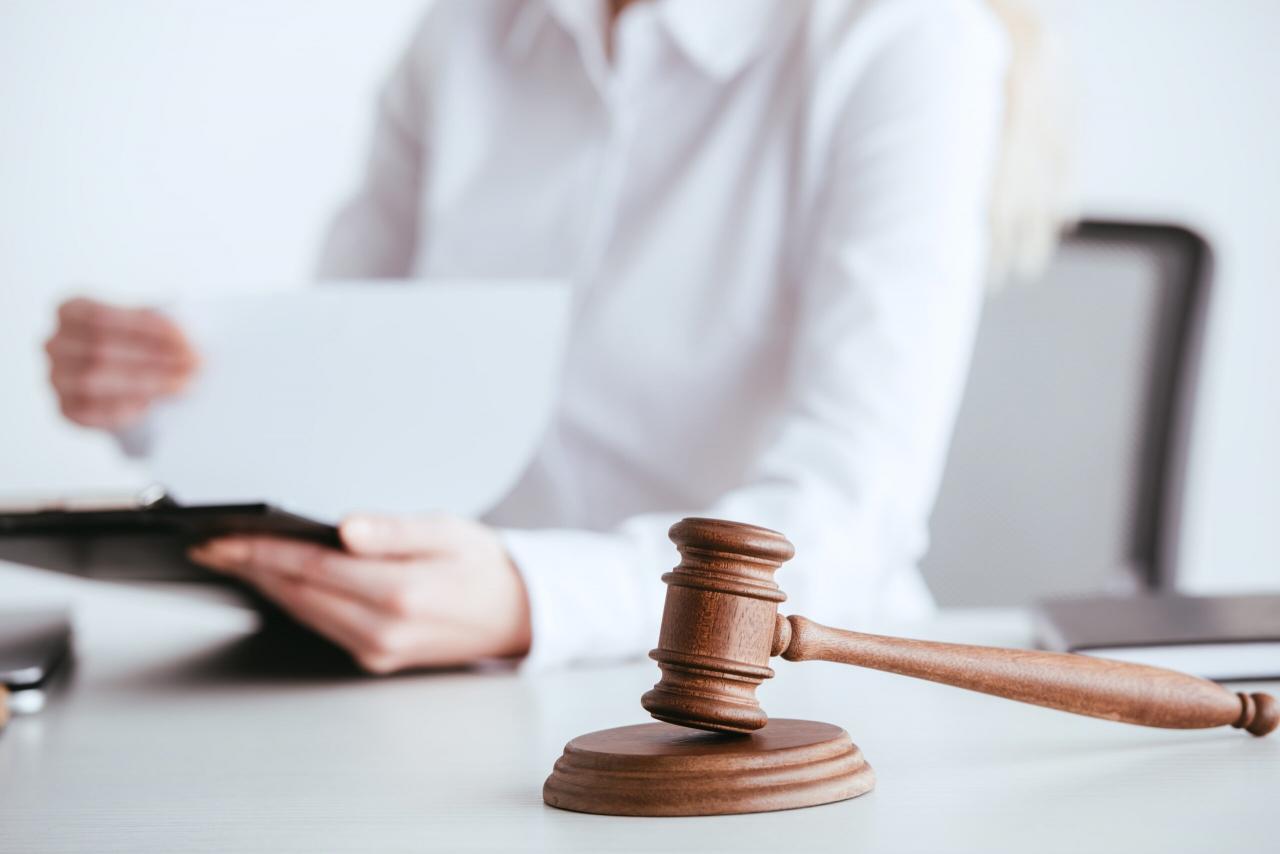Federal Court Fees and Costs
Another feature of the American system is that litigants typically pay their own legal costs and attorneys’ fees, whether they win or lose. Federal courts most often charge fees set by Congress.
For example, filing a civil lawsuit costs $150. Other court costs, including those for the salaries of lawyers or experts, are more substantial.
When considering criminal cases, the costs of investigation and prosecution are paid by the government. It also provides a lawyer free of charge to any defendant in a criminal case who cannot afford it himself.
In civil cases, plaintiffs who are unable to pay court costs may seek permission from the court to proceed without paying those costs.
U.S. federal court litigation procedural rules
There are federal rules on evidence and procedural rules in civil, criminal, and bankruptcy cases that must be followed in federal courts.
They are intended to promote simplicity, objectivity, the correct determination of the subject matter of the litigation and the elimination of unnecessary costs and delays.
These rules are developed by committees of judges, lawyers and teachers appointed by the President of the Supreme Court.

They are widely published by the Administrative Office for public comment, subject to the approval of the U.S. Judicial Conference, and distributed by the Supreme Court. Rules acquire the force of law unless Congress votes to reject or change them.
Federal court civil cases
A federal civil case involves a legal dispute between two or more parties. To file a civil lawsuit in federal court, the plaintiff files a statement of claim with the court and sends a copy to the defendant.
This statement describes the damage suffered by the plaintiff, explains how the defendant caused the damage, and asks the court to order damages.
The plaintiff may seek monetary damages or ask the court to order the defendant to stop the harmful action. The court may also determine other types of relief, including a declaration of the claimant’s legal rights in a particular situation.
To avoid costs and delays in litigation, judges invite litigants to try to reach an agreement that resolves their dispute.
To prepare the case for trial, litigants may conduct a “disclosure”. At the same time, they must provide each other with information on the case, including information about the identity of witnesses and copies of documents related to the case.
The purpose of disclosure is to prepare for the trial by requiring the litigants to gather their evidence and prepare to call witnesses.
Each party may also make requests or motions in connection with decisions made by the court on the release of evidence or on the procedural rules that must be observed in the consideration of the case.
Common Disclosure Method affidavits

In this case, the witness is obliged to answer under oath the questions on the case, asked by the lawyers of the parties in the presence of the court clerk.
A court clerk is a person specially trained to record all evidence and prepare a verbatim report called a transcript.
In order to avoid costs and delays in the proceedings, the judges invite the litigants to try to reach an agreement that resolves their dispute.
In particular, the courts encourage the use of mediation, arbitration, and other forms of alternative dispute resolution (ADR) to ensure that a dispute is resolved at an early stage without the need for a hearing or other litigation.
As a result, litigants often decide to settle the civil suit through an agreement called a “settlement.”
If the case is not settled, the court will schedule a hearing. In a wide variety of civil cases, any party under the fundamental law of the state has the right to demand a trial by jury. If the parties waive their right to a jury, the case is heard by a judge without a jury.
At trial, witnesses testify under the supervision of a judge. By applying the rules on evidence, the judge determines what information can be presented in the courtroom.
In order for witnesses to speak only what they know themselves, and not to change their testimony based on the testimony of other witnesses they have heard, they are outside the courtroom until the time comes to testify.
The court clerk keeps minutes of the meeting. The Deputy Clerk of the Court also keeps a record, recording the testimony of each person and noting in the record the documents, photographs and other items presented as evidence.
